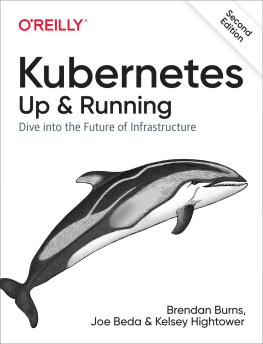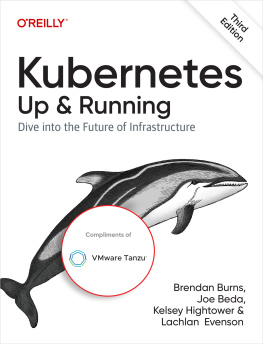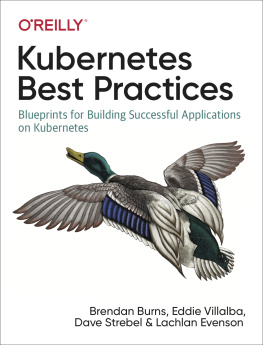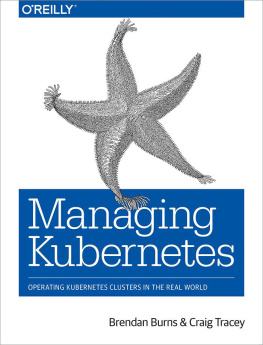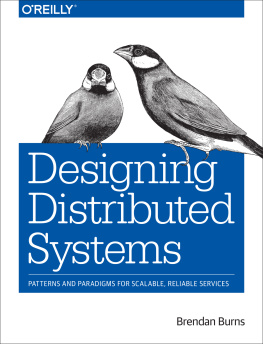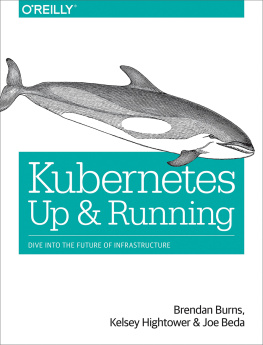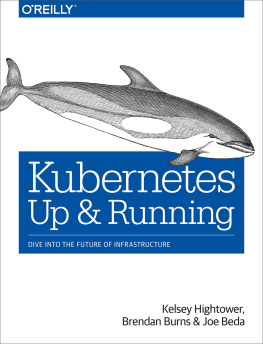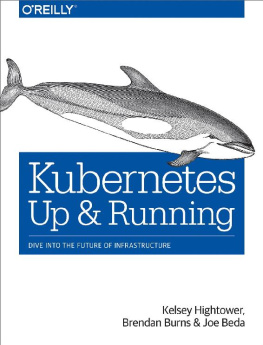Brendan Burns - Kubernetes: Up and Running: Dive Into the Future of Infrastructure
Here you can read online Brendan Burns - Kubernetes: Up and Running: Dive Into the Future of Infrastructure full text of the book (entire story) in english for free. Download pdf and epub, get meaning, cover and reviews about this ebook. year: 2019, publisher: O’Reilly Media, genre: Computer. Description of the work, (preface) as well as reviews are available. Best literature library LitArk.com created for fans of good reading and offers a wide selection of genres:
Romance novel
Science fiction
Adventure
Detective
Science
History
Home and family
Prose
Art
Politics
Computer
Non-fiction
Religion
Business
Children
Humor
Choose a favorite category and find really read worthwhile books. Enjoy immersion in the world of imagination, feel the emotions of the characters or learn something new for yourself, make an fascinating discovery.
- Book:Kubernetes: Up and Running: Dive Into the Future of Infrastructure
- Author:
- Publisher:O’Reilly Media
- Genre:
- Year:2019
- Rating:4 / 5
- Favourites:Add to favourites
- Your mark:
Kubernetes: Up and Running: Dive Into the Future of Infrastructure: summary, description and annotation
We offer to read an annotation, description, summary or preface (depends on what the author of the book "Kubernetes: Up and Running: Dive Into the Future of Infrastructure" wrote himself). If you haven't found the necessary information about the book — write in the comments, we will try to find it.
Kelsey Hightower, Brendan Burns, and Joe Beda--whove worked on Kubernetes at Google and beyond--explain how this system fits into the lifecycle of a distributed application. Youll learn how to use tools and APIs to automate scalable distributed systems, whether its for online services, machine learning applications, or a cluster of Raspberry Pi computers.
Create a simple cluster to learn how Kubernetes works
Dive into the details of deploying an application using Kubernetes
Learn specialized objects in Kubernetes, such as DaemonSets, jobs, ConfigMaps, and secrets
Explore deployments that tie together the lifecycle of a complete application
Get practical examples of how to develop and deploy real-world applications in Kubernetes
Brendan Burns: author's other books
Who wrote Kubernetes: Up and Running: Dive Into the Future of Infrastructure? Find out the surname, the name of the author of the book and a list of all author's works by series.

